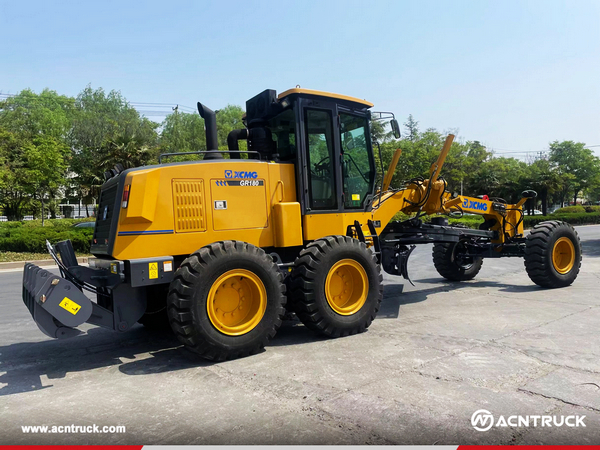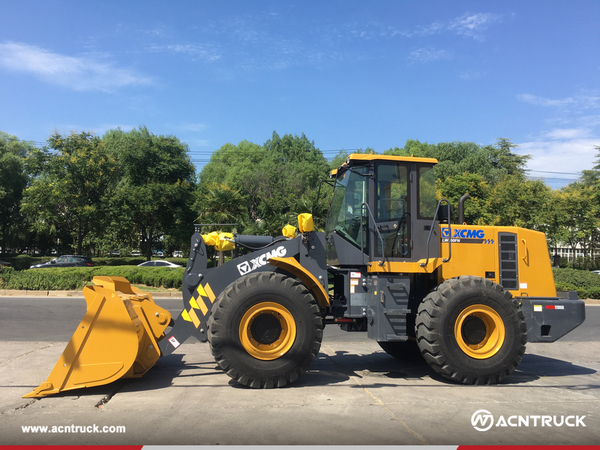1. Rationalising work schedules
Just as contractors prepare labour and material delivery schedules, they must also plan an equipment calendar. Make sure you know exactly when you need the equipment - the date and the exact time. Allocate project time based on how long it will take to complete the project. Make sure the equipment arrives on site before the scheduled work, as inspection and preparation time can slowly erode the productivity of heavy equipment.
For contractors working on multiple jobs at the same time, smart equipment scheduling is essential to maximise productivity. Multiple projects can complicate things, so make sure that you can schedule your equipment production for most of the week. There are now many project management systems that can plan your production schedule for you, taking the guesswork out of it for contractors.

2. Choosing the right equipment for the job
If you're hiring heavy equipment for a construction site, it's vital that you choose the right tools for the job. Sometimes contractors hire equipment that is too small, either because that's all the supplier has or because they have miscalculated their capacity requirements. Renting equipment that is too small can extend the time it takes to complete a job, which reduces productivity. On the other hand, equipment that is too large for the project can add unnecessary costs. Not only does oversized equipment add unnecessary complexity to the job, but it also increases management time because the machines are larger and more complex.
Even if you own your own equipment, it's still worth analysing each project to see if it's more cost-effective to hire a machine that's better suited to the job. No two projects are the same, so your equipment may not be as productive as rented equipment. Choosing the most productive equipment for the job also ensures that you complete a higher quality job. Quality work done right the first time reduces the risk of having to do costly rework, which can lengthen the rental agreement, increase wear and tear on the equipment, and increase the cost of operator time.

3. Track equipment downtime
If you want to make informed decisions about how to increase equipment productivity, you must keep track of a machine’s downtime. A machine’s idle time costs you money, as every minute it isn’t in use is a lost opportunity for production. Downtime delays how quickly you can complete a job and move on to the next contract. Keeping track of equipment downtime can help you see how much productivity time you may be losing on any given job.